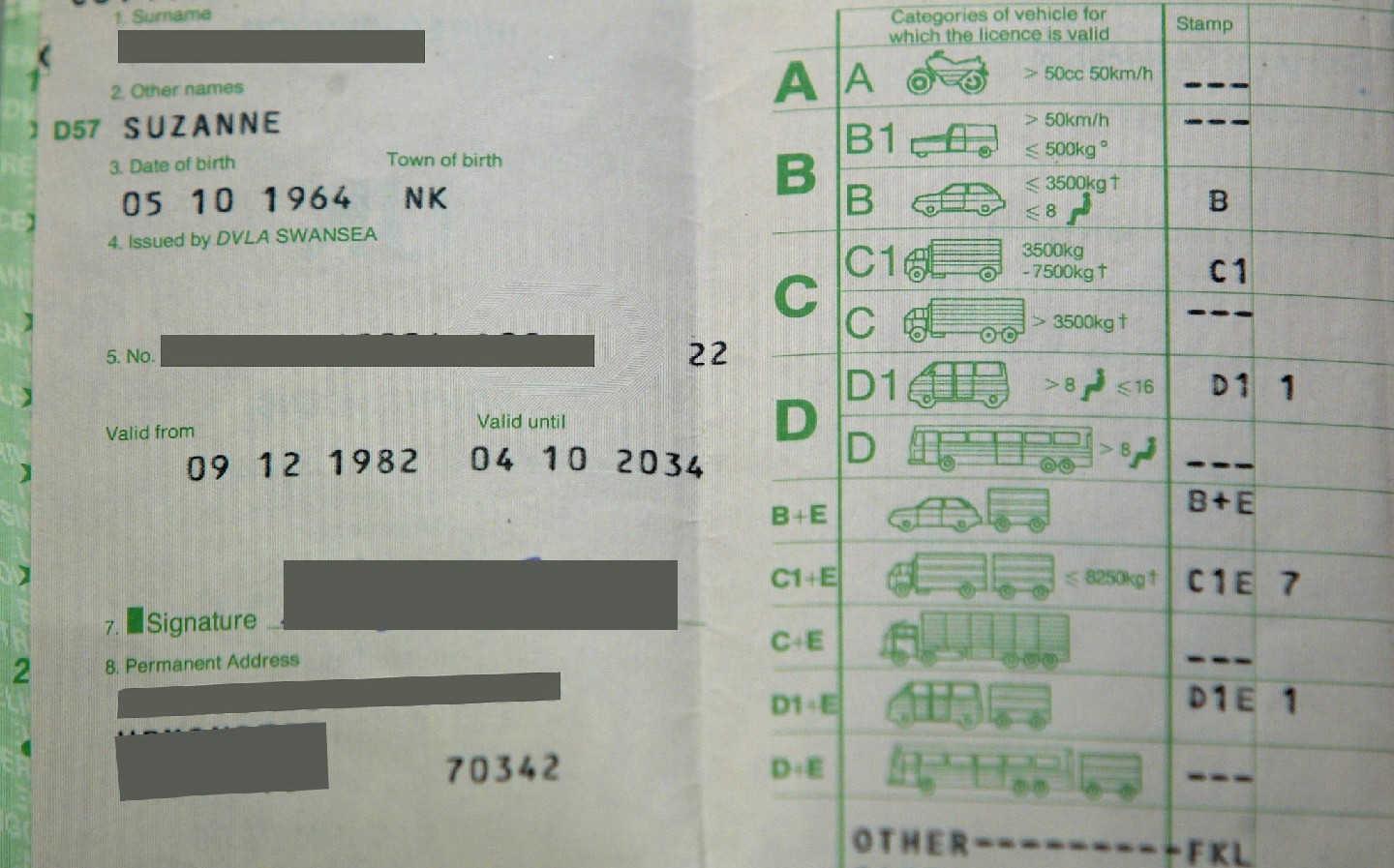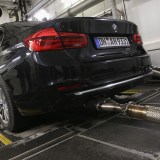Are old-style paper driving licences still valid?
Do you need to exchange paper for plastic?
Despite the fact that old-style driving licences were replaced by plastic cards more than 24 years ago (that made us feel old, too), some people are still unsure whether or not their paper version is legal.
That’s because the rules are different depending on your age, when your licence was issued, whether or not you’ve moved house and a number of other variables.
To clear up your confusion, carry on reading.
Do I need to exchange my paper driving licence for a photocard?
In 2015, the Driver and Vehicle Licensing Agency (DVLA) scrapped the paper counterpart for anyone in Great Britain (not Northern Ireland — see below) who had been issued with a driving licence after 1998.
If you’ve been issued with a paper licence at any point over the last 24 years, you should also have a photocard, and you can discard your paper counterpart without worry. All data that would have been recorded on the paper section is now held online.
However, if you were issued with a paper licence before March 2000, it may still be valid, provided that all the information on it is still correct. Moving house or changing your name since receiving your licence, and not updating it, will make it invalid. You could be fined £1,000 if the police catch you using an invalid licence for any reason.
According to a 2016 study cited by the BBC, 90% of British women change their name after marriage; if doing so, the driving licence must be updated to remain valid. However, the DVLA confirmed to Driving.co.uk that should a female driver choose to keep their maiden name on official documents after marriage, they will not need to inform them about it — the existing licence remains valid.
Does the DVLA still issue paper licences?
In 1998, the Driver and Vehicle Licensing Agency (DVLA) replaced the old-style paper licence with a plastic photocard and paper counterpart, the latter of which was used for tallying up the number of licence points you had.
However, in 2015 the paper counterpart was replaced by an online service, and paper counterparts ceased to be issued entirely, partially due to the number of people who kept losing them. Around 445,000 people misplaced theirs in 2014, having to pay £20 each time to replace it — a total cost of nearly £9m.
Are paper licences still valid?
Some paper licences are still valid as of the date of publication (August 2022), but not all of them.
If your paper licence was issued before March 31, 2000 and, as outlined above, all of the information on your paper licence is still correct, then it will usually remain valid until you turn 70.
On the day before your birthday, you will need to renew your licence, and you will be issued a photocard free of charge. All driving licences must be plastic by 2033.
If you need to replace your licence before then because it has been defaced, lost or stolen, or because you need to change the photo, address or name, then you can do so through a service on the government website.
Swapping costs £20, and delivery times are in the region of three to four weeks.
Provided you’re medically and legally cleared to drive, and your application isn’t more than a year old, you’re allowed to drive while you are swapping your paper licence for a photo card.
What about endorsements?
As of June 2015, paper licences have not had details of endorsements (penalty points) written or printed on them.
Instead, the details of any offences and endorsements are held electronically, and to view those details, as well as things like what classes of vehicle you’re legally allowed to drive or, for example, to provide evidence of the validity of your licence to car hire companies, drivers can check through the DVLA’s portal. That only applies if your licence was issued in England, Scotland or Wales though.
Is Northern Ireland different?
Yes, the changes made to the licencing system in Britain in 2015 did not take effect in Northern Ireland and a licence in Northern Ireland is still made up of a photo card and a paper counterpart, the latter of which remains an important part of the licence and must be kept safe. As is the case in Great Britain, single-part paper licences issued before the switchover to the use of photo cards may still be valid.
While details of any endorsements are also recorded electronically and can be viewed through the Driver & Vehicle Agency (DVA) portal, those endorsements are also recorded on drivers’ paper counterpart.
Related articles
- After reading about whether your paper driving licence is still valid, you might want to check out other articles from our Car Clinic
- We’ve done a handy guide on how to jump start your car
- Is now the right time for you to buy an electric car?
Latest articles
- Nissan unveils bold look for updated Qashqai, still made in UK
- British firm Bedeo launches new EV conversion kit for classic Defender
- New Citroën C3 Aircross gets electric power and up to seven seats
- Maserati GranCabrio Folgore is a 751bhp droptop luxury EV
- Five best electric cars to buy in 2024
- Skoda Kodiaq 2024 review: All new but business as usual for brilliant seven-seat SUV
- Dodging firebombs in the BMW i7 Protection: An electric limo that can protect you from big bullets and small explosives
- European court calls for car fuel economy test to be replaced after studies find large over-estimations
- McLaren P1 designer releases images of space capsule for tourists














